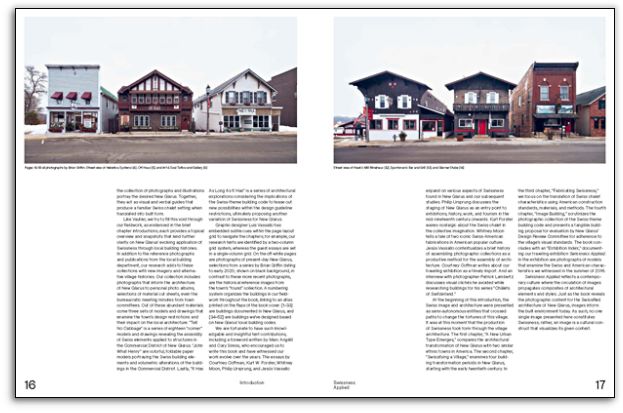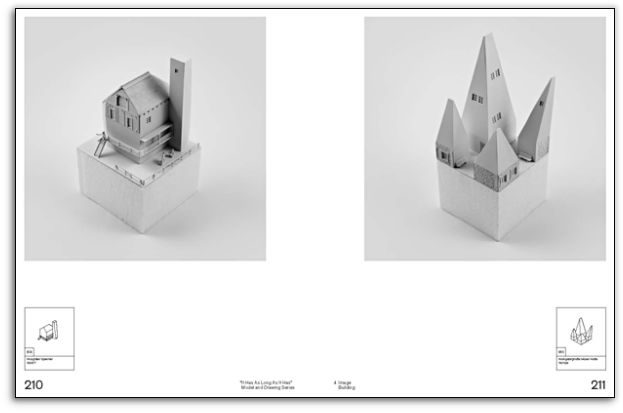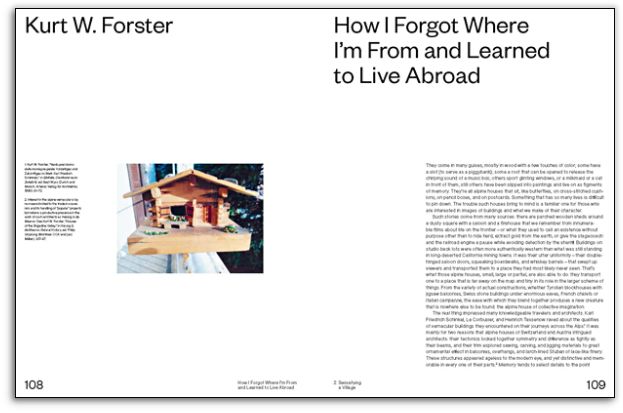Swissness Applied
Learning from New Glarus
New Glarus, Wisconsin: a prime example of cultural heritage in diaspora and of imagery and appropriation in architecture
GVA Gemeinsame Verlagsauslieferung Göttingen
GmbH & Co. KG
P.O. Box 2021
37010 Göttingen
Germany
+49 551 384 200 0
info@gva-verlage.de
Founded by Swiss settlers in 1845, New Glarus in Wisconsin evolved from being a dairy farming and cheese production village to a popular tourist destination. Following a grave economic downturn in the 1960s and 1970s, the community discovered embracing the image of its cultural heritage, particularly traditional architectural details, as a way of survival. Consequently, they began to change their commercial building façades to appear even more Swiss. Since 1999, the town has even regulated the production of new buildings via its building codes to preserve this particular aesthetic evoking the familiar traditional Swiss chalet style.
Swissness Applied investigates the transformation of European immigrant towns in the United States, exemplified by New Glarus. It features the results of extensive fieldwork on buildings in the village as well as design projections based on the local building code and evaluates the outcomes through different representation techniques. Expert authors including Courntey Coffman, Kurt Forster, Whitney Moon, Philip Ursprung, and Jesús Vassallo contribute essays that pick up on aspects such as the role of cultural imagery and immigration history in architecture, and on Swissness as a cultural concept in particular.
Winner of the DAM Architectural Book Award 2022.
“The book has no weak notes. It’s so elegant. It’s so well done. It’s so … Swiss.” Phillip Denny The Architects Newspaper
“The very subtitle Learning from New Glarus creates spontaneous associations: The present publication refers to the now legendary book Learning from Las Vegas – The Forgotten Symbolism of Architectural Form by Denise Scott-Brown and Robert Venturi, published in 1977. Indeed, this impression is not deceptive, as the book is an exhibition catalog that compiles and records insights gained in the context of extensive research – in an incredibly beautiful, clear, simple, and delicate manner.” Brigida Gonález, photographer, and Anna Kraus, graphic designer, in their jury statement for the DAM Architectural Book Award 2022
“Those images in their multifarious nature (old and new, Switzerland and America, drawings and models,buildings both real and imagined) provide plenty to learn from, though they also spark a lot of joy — not an easy feat in an architecture book.” John Hill, World-Architects









